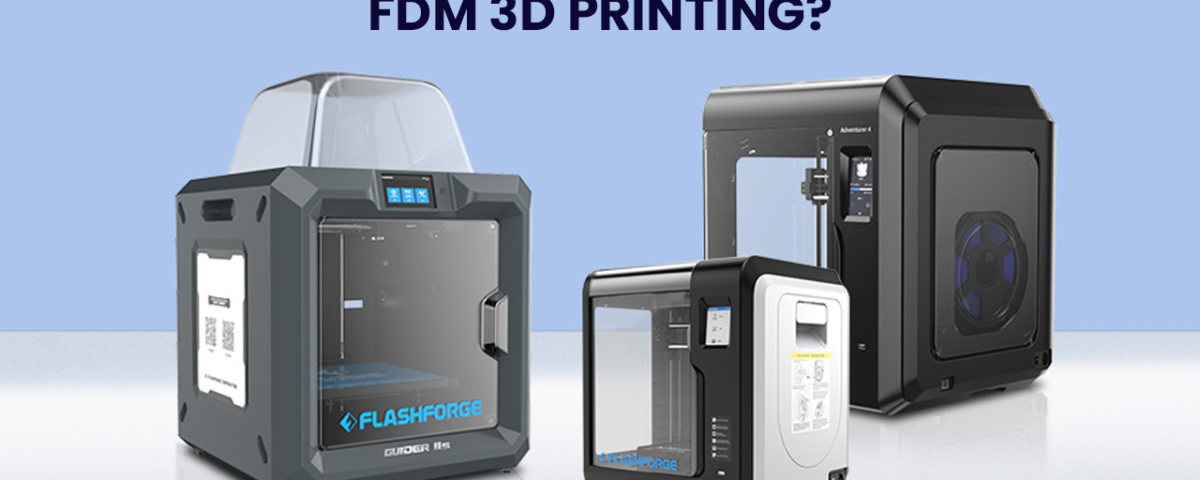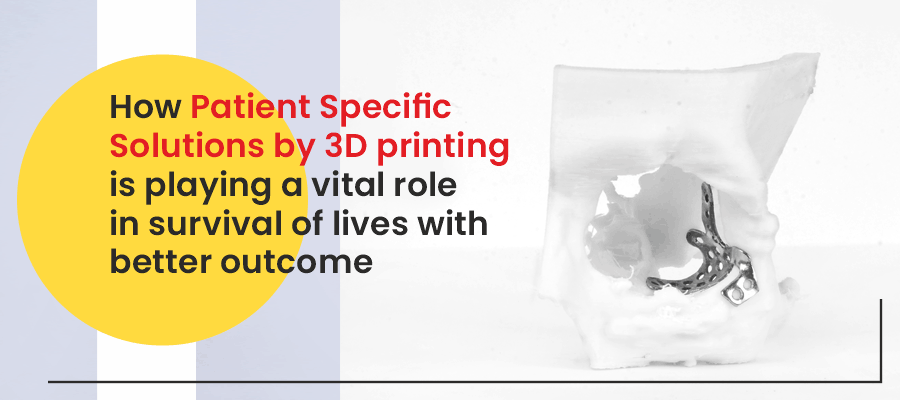Fused Deposition Modelling (FDM) is an additive manufacturing process that produces 3D components using a continuous thermoplastic or composite material thread in the form of the filament. An extruder feeds plastic filament through an extruding nozzle, where it melts and is then automatically deposited layer by layer onto the build platform.
FDM, also known as Fused Filament Fabrication (FFF), is one of the seven primary types of additive manufacturing technologies. FDM, the most widely used 3D printing method, has the most users worldwide and is often the first 3D printing technology, which consumers encounter.
In an FDM 3d printing method, melted filament material is deposited layer by layer onto a build platform to get the finished part. FDM converts digital design files into physical dimensions by uploading them to the machine. Polymers including ABS, PLA, PETG, and PEI are among the materials used in FDM. The machine feeds these materials as threads through a heated nozzle.
Characteristics of FDM 3d printing
-
Warping
Warping is one of the most common FDM issues. As it cools and solidifies, the extruded substance shrinks in size. Because different parts of the print cool at different rates, their dimensions change accordingly. Differential cooling increases internal stresses by pulling the bottom layer upward and causing distortion.
Warping can be avoided by carefully monitoring and managing the temperature of the chamber and the build platform. You can reduce warping using a component and building platforms that are well adhered to one another.
-
Variable parameters
The temperature of the build platform and the nozzle is adjustable in most FDM systems. The build speed, layer height, and cooling fan speed are all adjustable. These, however, vary depending on the material and are frequently determined by the printing service provider.
-
Build volume
The build volume is the largest component that a machine can produce. A DIY 3D printer’s build volume is typically 200 x 200 x 200 mm. Consider the build volume of the printer you intend to use when designing. Larger models can be created with an FDM printer by producing and reassembling smaller pieces. It is also a preferred method for improving cooling.
-
Layer height
FDM employs layers ranging in height from 0.02 mm to 0.4 mm. A higher layer height produces parts that print faster and cheaper, whereas a lower layer height produces smoother components that better represent curved geometries.
A layer height of 0.2 mm is considered a good compromise between price, turnaround time, and quality. The increased layer height expedites the creation of low-fidelity quick prototypes.
-
Layer adhesion
An FDM component must have good adhesion between the deposited layers. The molten thermoplastic is pressed up against the layer before it as the nozzle extrudes the current. Because of the high temperature and pressure, the previous layer’s surface re-melts, allowing the new layer to adhere to the previously printed area. The bonding strength between the layers is always less than the material’s base strength.
The components of FDM are anisotropic. As a result, when designing components for FDM, especially functional parts, it is critical to consider part orientation.
As a result of being pressed up against the layer before it, the molten material deforms into an oval shape. As a result, even at low layer heights, FDM components will always have a wavy surface, and details such as tiny holes or threads may require post-printing processing.
-
Support structure
Geometries with overhangs require a support structure in FDM printing. The surface quality of printed surfaces on supports will be lower than the rest of the item. As a result, it is recommended that when designing such parts, the need for support structures be minimised.
In most cases, the same material is used to print both the object and the support. Other support materials that dissolve in liquid are available for industrial printers, but they are mostly used in high-end desktops or industrial FDM 3D printers. Printing on dissolvable supports improves the surface quality of an object, but the overall cost of a print increases.
-
Infill and Shell thickness
FDM printers do not produce solid components in order to reduce print time and save materials. Instead, the machine prints the shell or exterior perimeter in several rounds before filling the interior, or infill, with an internal, low-density structure.
Infill and shell thickness has a significant impact on the strength of FDM-printed items. Most desktop FDM printers have a default setting of 20% infill density and 1 mm shell thickness, which provides a good balance of strength and speed for short prints.
Conclusion
FDM is the simplest method of 3D printing. Furthermore, the printer is smaller, the process is safer, and the materials are less expensive. As a result, it has an advantage over other 3D printing methods and will continue to develop rapidly in the future.
Incredible AM Pvt Ltd manufactures products with accuracy and precision using FDM printers. Using the state-of-the-art facility, experienced engineers create products from scrap. We are reliable partners who can provide high-quality products in a timely manner. It is a one-stop shop for all three-dimensional printing services and products. Connect with us if you require any 3D printing service or product.




